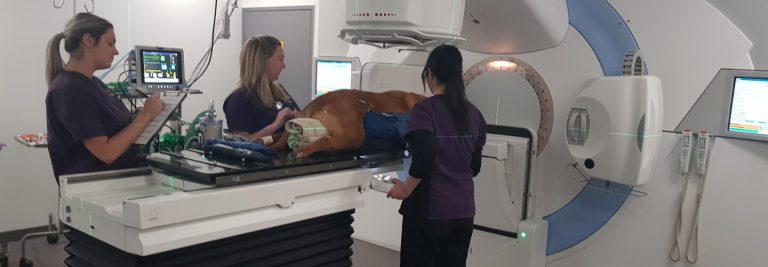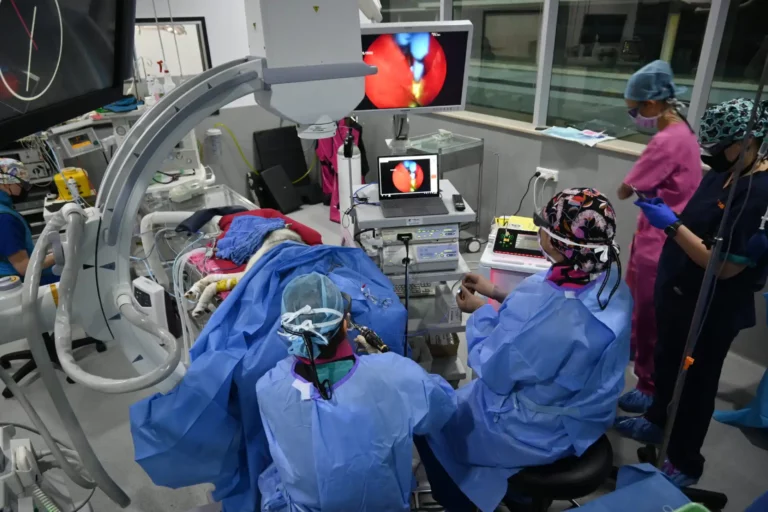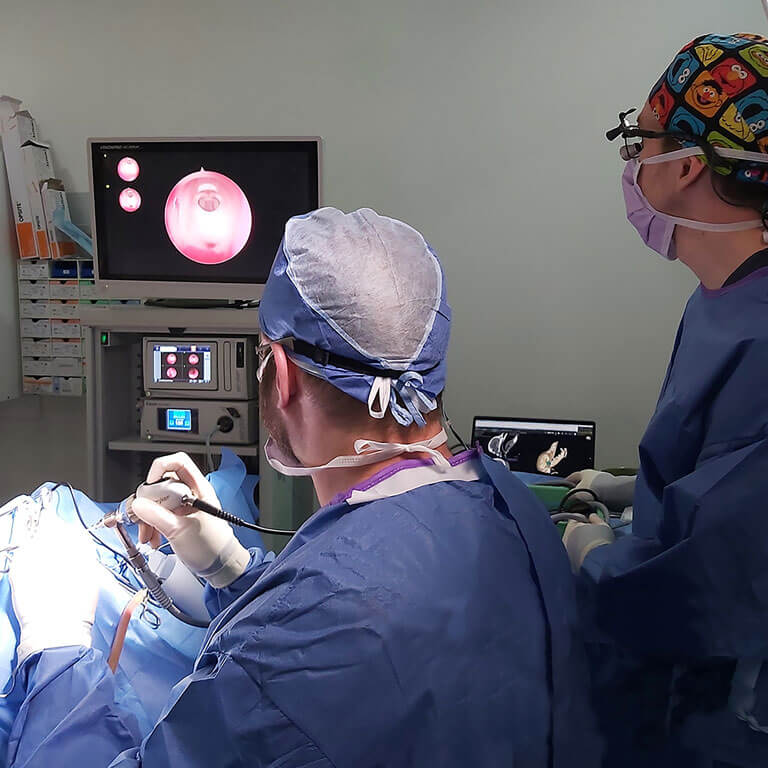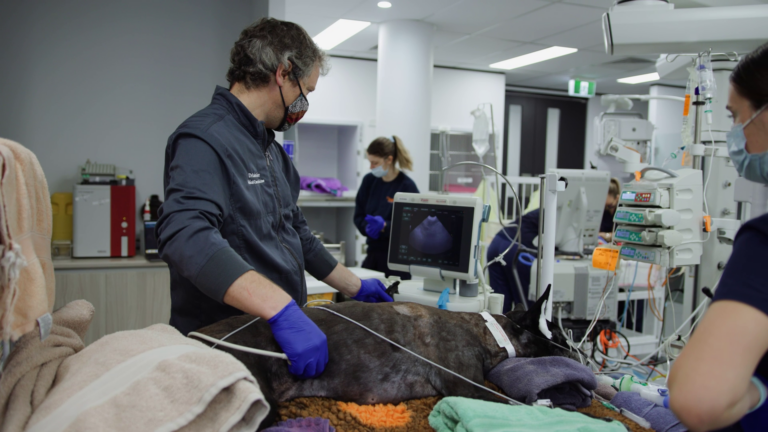By Dr Spela Bavcar (Oncology Specialist)
What is a mast cell tumor?
Mast cells are immune cells located in the skin and other tissues, that are normally responsible for allergic reactions, such as the itching and swelling from mosquito bites. In both dogs and cats, tumors (tumours) can form from mast cells, and accounts for one of the most common skin-based cancers.
What dogs and cats get mast cell tumors?
In dogs, the average age for mast cell tumor diagnosis is between 8 to 9 years, while it is most common for middle-aged to older cats. Certain breeds are predisposed, such as pugs, boxers, Labradors, Staffordshire bullterriers, Shar-Peis, and Siamese cats.
The exact cause of mast cell tumors is unknown. However, it is suspected there are genetic factors that may be responsible.
Mast cell tumor symptoms in dogs and cats
Diagnosing mast cell tumors can be complicated, as they can look different from animal to animal. Most commonly, they appear as a single mass in or just under the skin. They can be white, pink, or tan in colour. They can occasionally be hairless, or even bruised or ulcerated. Sometimes they can even change in size. In some cases, a pet may have more than one mass.
In dogs, they can appear anywhere on the body. In cats, they are more common on the head and neck, especially around the ear.
Because of the many roles mast cells play, and the different types of hormones and bodily chemicals they produce, other symptoms can be varied in dogs and cats. These include vomiting, diarrhoea, swelling of the body, fever and potentially severe (anaphylactic) reaction.
Diagnosing mast cell tumors in dogs and cats
One of the most common ways to confirm a mast cell tumor is through a fine needle aspirate. This is a relatively non-invasive procedure, when thin needles are inserted into the suspected tumor and surrounding lymph nodes to obtain small samples of the cells. The samples can then be assessed under a microscope to see if the cells are normal or cancerous, and to check for spread.
Additional diagnostic procedures can also be performed to “stage” the tumor. A higher stage refers to a more advanced cancer with reduced estimated pet survival.
Diagnostics may be performed by different types of veterinarians, such as your local vet, Internal Medicine Specialists, or Dermatologists. Only after accurate diagnosis, can treatment commence with one or more Oncologists (cancer specialists).
Treating mast cell tumors in dogs and cats
The treatment of mast cell tumors can involve one or more methods used in conjunction.
- Surgical – cutting the tumor out
- Radiation therapy – using a linear accelerator to specifically target the mass
- Chemotherapy or targeted therapy – using drugs to manage the tumor and/or slow or prevent the spread of cancer
The specific treatment used will vary greatly from case to case and will depend on variables such as stage of cancer, whether it has spread, where the cancer is located, etc, while also taking into account the wishes of the family.
There is no one size fits all approach, which is why SASH is home to the Animal Cancer Centre. This, one of a kind in Australia, multidisciplinary team specialises in the treatment of cancer in dogs and cats through providing Surgical, Radiation, and Medical Oncology services under one roof.
Mast cell tumor treatment outcomes
When a mast cell tumor is first diagnosed, it is important to refer the case to an Oncologist. With the development and implementation of a treatment plan, it is possible to significantly prolong the duration and quality of life for the pet. In some cases, it can be cured completely, never to return.
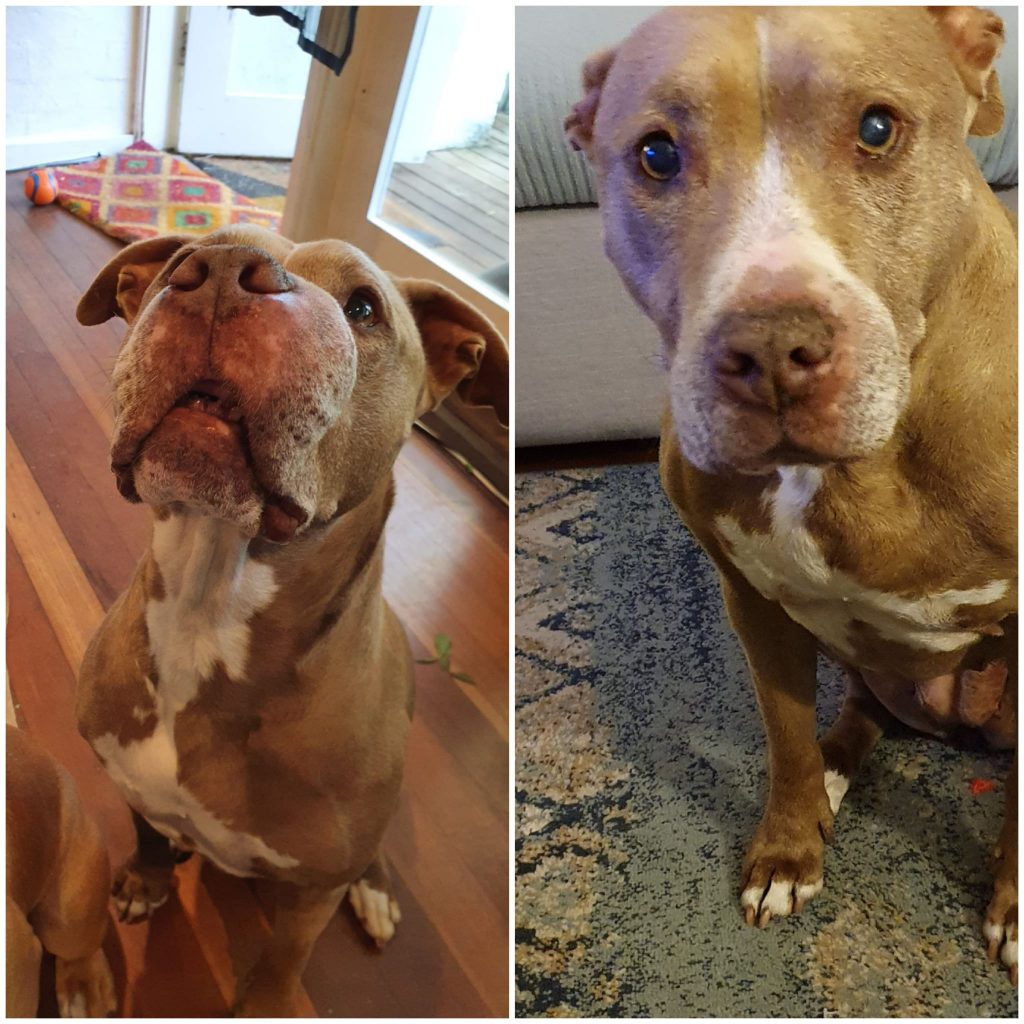
The outcome largely depends on the grade and spread of the tumor. For this reason, it is important to seek veterinary advice if you are concerned about any cancer. Obtaining an early diagnosis can help with improving the outcome once the case is referred to an Oncologist.
Call us to book a consult by clicking the contact button below.
